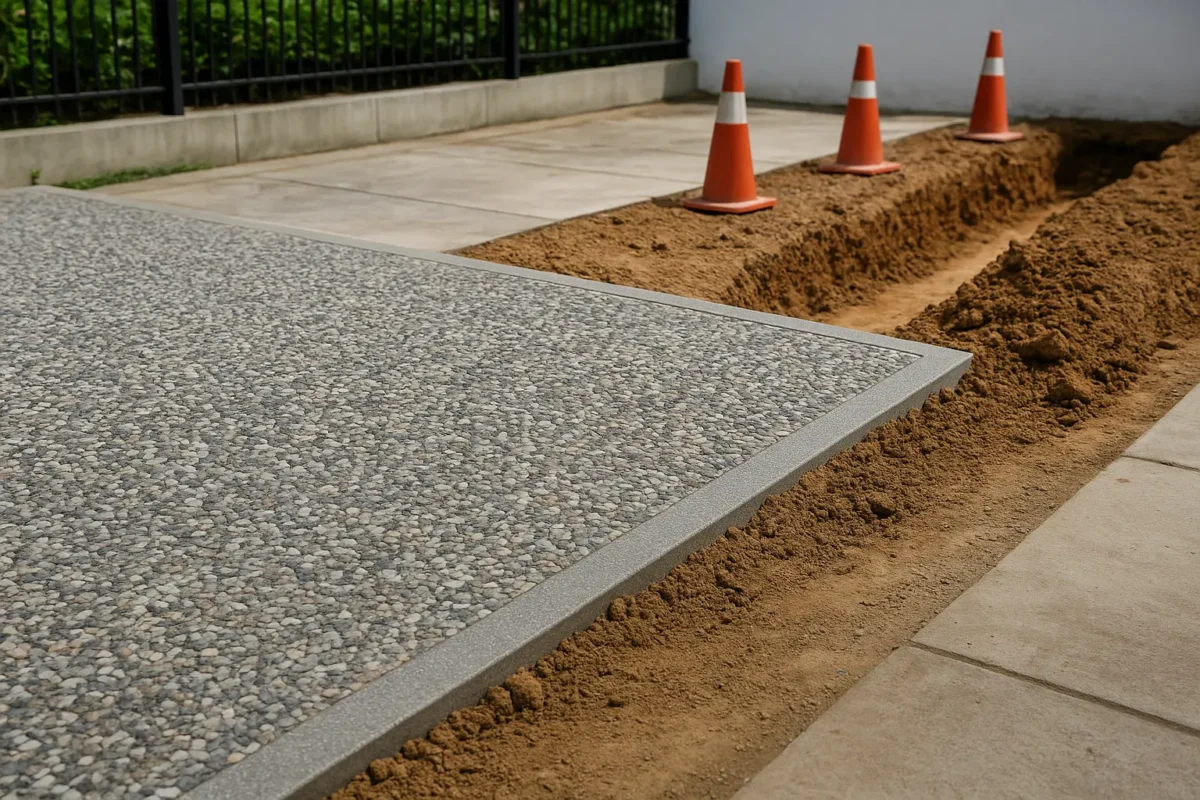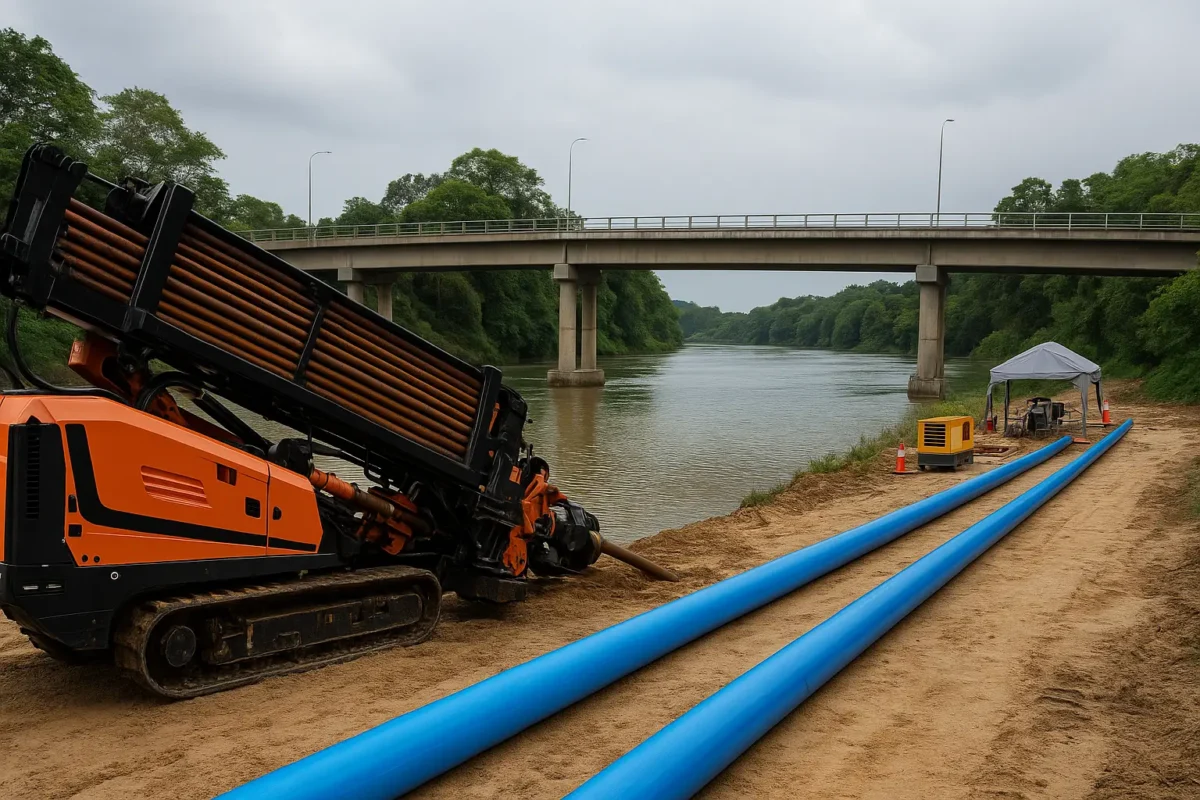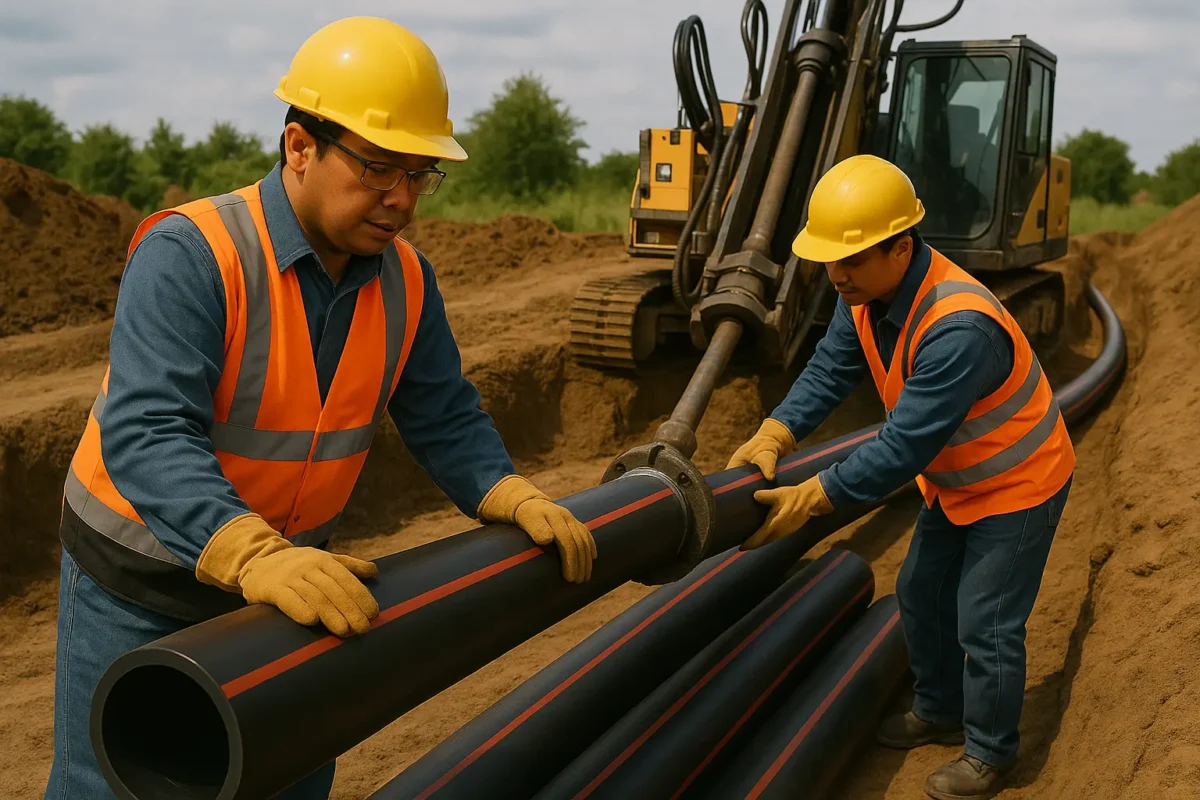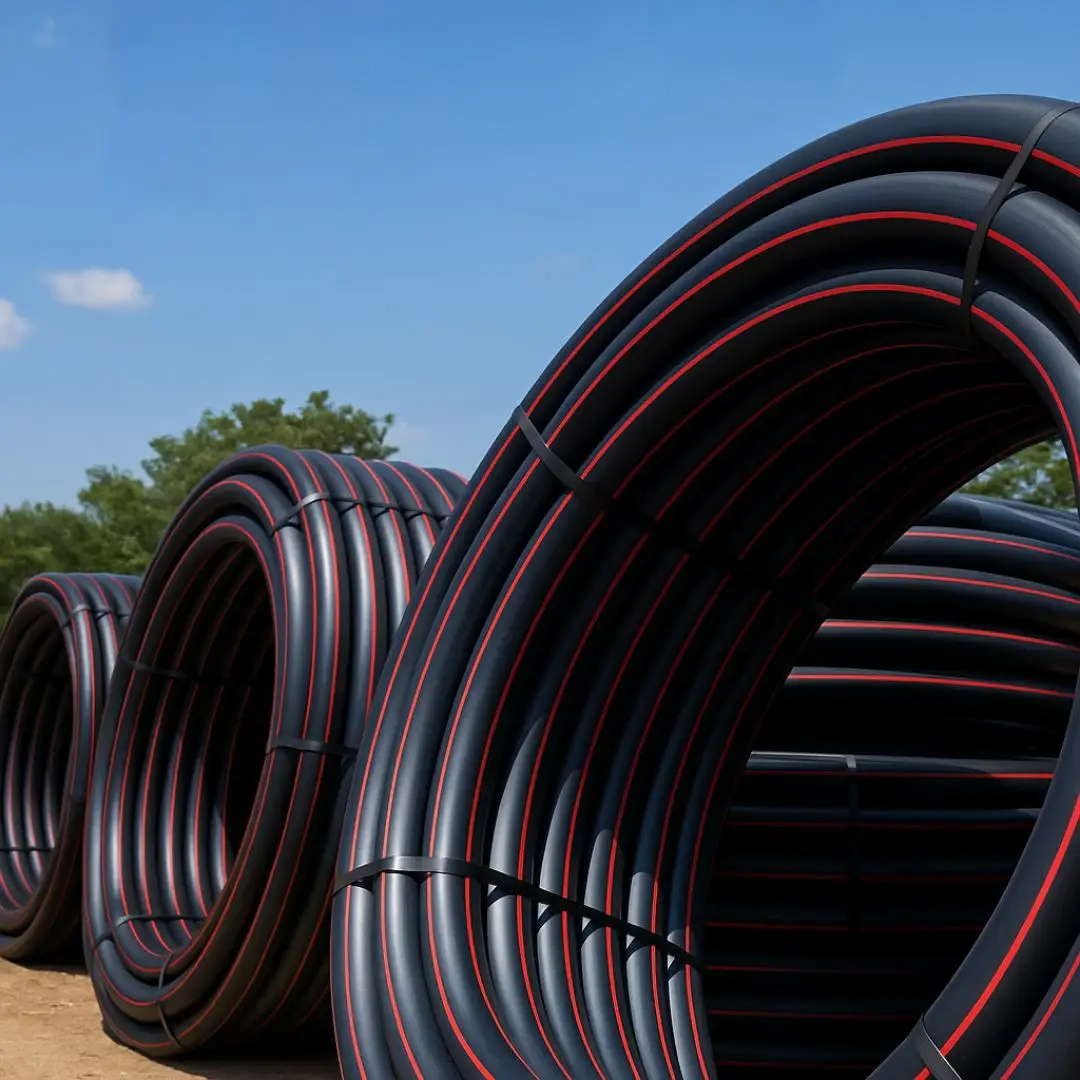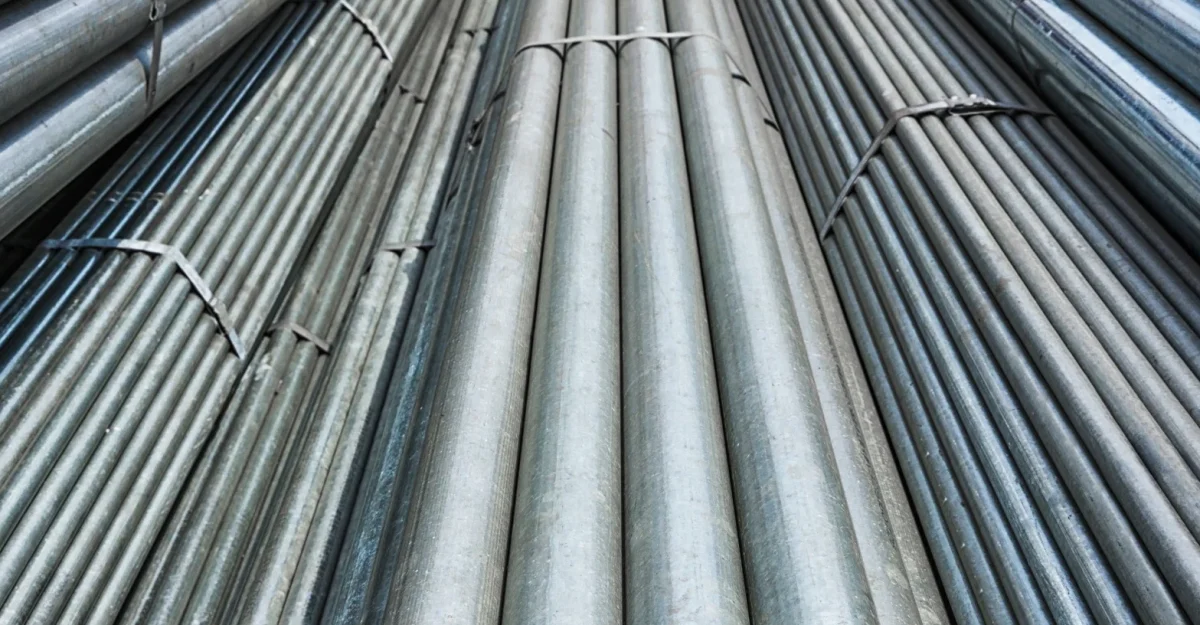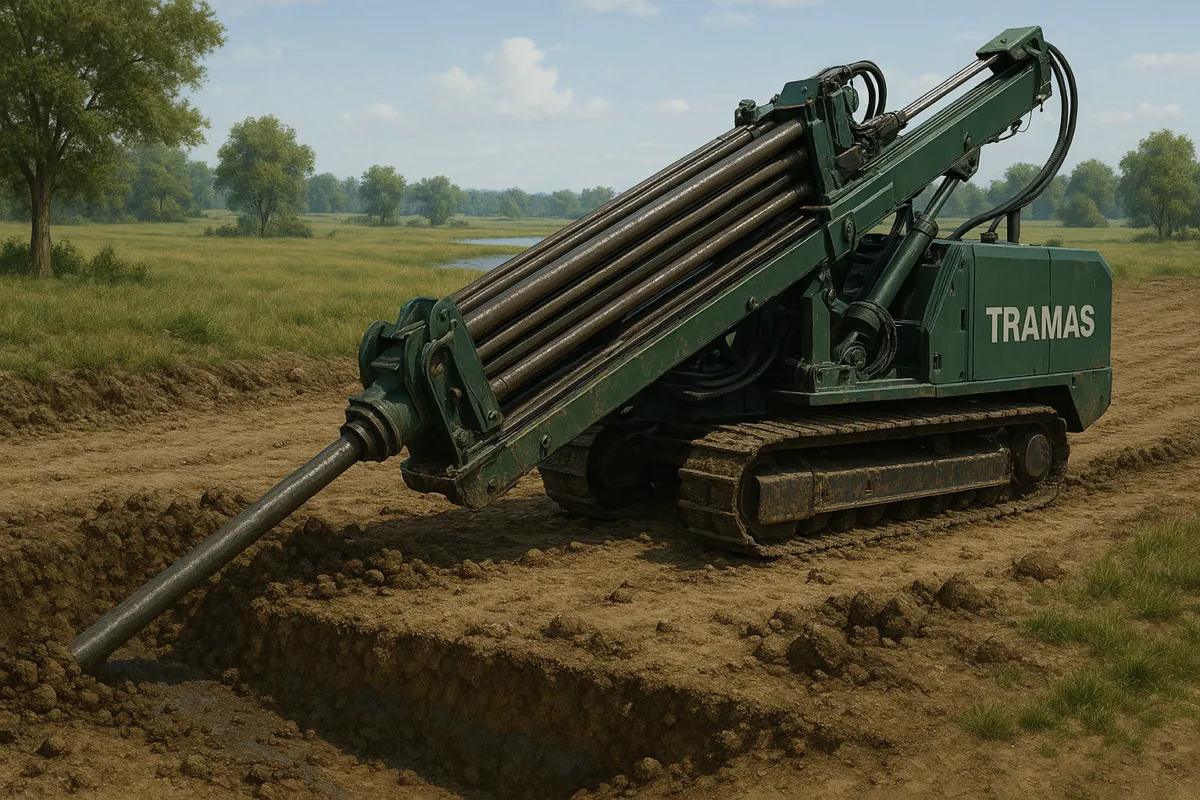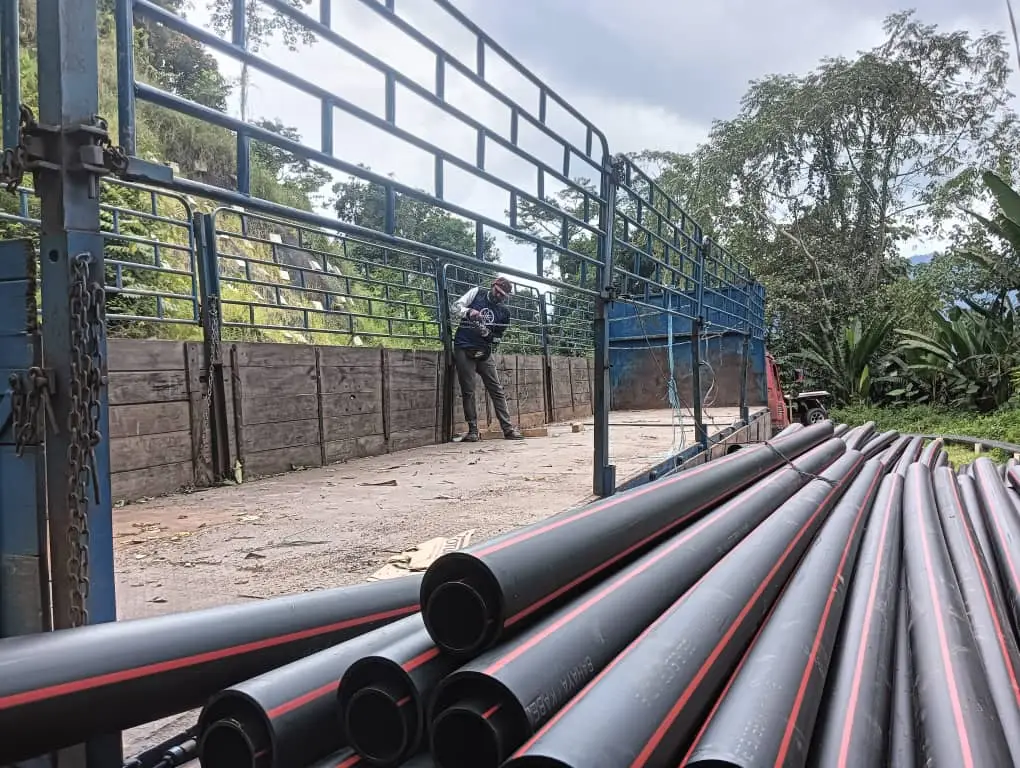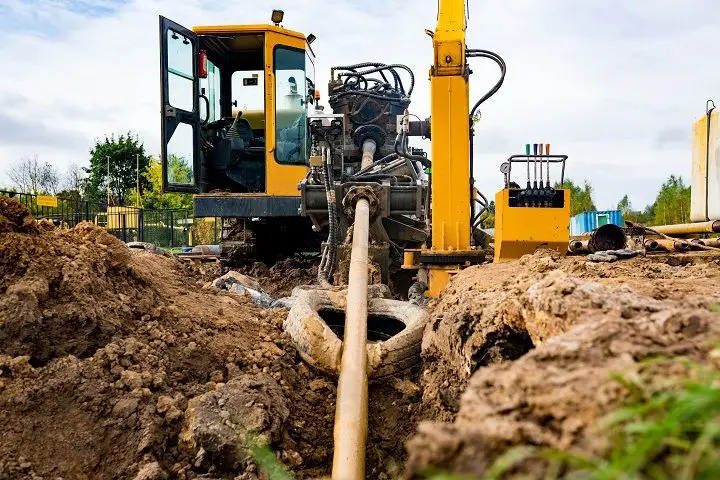Choosing the Right Pebble: What You Need to Know
When it comes to enhancing the exterior or foundation of your property in Malaysia, selecting the right contractor is crucial. Two of the most in-demand services for both residential and commercial projects are pebble wash finishing and opencut construction. Whether you’re renovating a home, building new infrastructure, or upgrading commercial spaces, hiring a reliable pebble wash contractor Malaysia and a reputable opencut contractor Malaysia ensures a high-quality and durable result.
What is Pebble Wash and Why is it Popular in Malaysia?
Pebble wash, also known as exposed aggregate finish, is a decorative surface treatment made of small pebbles embedded in cement or epoxy. This method is commonly used for driveways, walkways, patios, and even wall features. Its textured, natural look blends well with tropical landscapes, making it a favorite choice for Malaysian homeowners and designers.
Benefits of Pebble Wash Finishing
Durability: Pebble wash surfaces can withstand heavy foot and vehicle traffic, making them ideal for outdoor use.
Aesthetic Appeal: The natural appearance of stone adds elegance to any surface.
Low Maintenance: These finishes are easy to clean and maintain, with occasional resealing required.
Anti-Slip Surface: The rough texture provides extra grip, making it a safer option for wet areas like pool surrounds or driveways.
Given these advantages, demand for experienced pebble wash contractor Malaysia services is consistently high. However, not all contractors are created equal, and choosing one with the right experience and portfolio is key.
Tips for Hiring a Reliable Pebble Wash Contractor in Malaysia
When searching for a pebble wash contractor Malaysia, consider the following:
Portfolio of Completed Projects: Ask for photos or site visits of past work to ensure they can deliver the aesthetic and quality you expect.
Material Quality: The contractor should use premium-grade stones and sealing materials for long-lasting results.
Customer Reviews: Positive testimonials and word-of-mouth referrals are great indicators of reliability and service.
Warranty and After-Sales Service: A professional contractor should offer warranties and be available for touch-ups or repairs.
By thoroughly vetting your contractor, you not only guarantee better results but also avoid potential issues down the road.
Understanding Opencut Construction in Malaysia
Opencut construction, often used in pipeline, cable, or drainage installation, involves digging open trenches to access the area for laying or repairing underground infrastructure. This method is common in urban development, utility work, and even residential landscaping projects.
Why Choose an Opencut Contractor Malaysia?
An experienced opencut contractor Malaysia ensures that the work is completed efficiently, safely, and in compliance with local regulations. The process may seem straightforward—dig, lay the utility, and backfill—but in reality, it involves meticulous planning, soil assessment, equipment management, and safety protocols.
Key Advantages of Opencut Construction
Cost-Effective: Compared to trenchless technologies, opencut is generally more affordable.
Accessibility: It provides direct access to underground systems, which simplifies inspection and repair.
Flexibility: It can be adapted to various types of terrains and project scopes.
What to Look for in an Opencut Contractor
Before hiring, consider these factors:
Compliance with Local Regulations: Make sure the contractor adheres to Malaysian construction codes and safety standards.
Project Experience: Choose a contractor with a solid track record in similar projects, especially if your site is complex or in a high-traffic area.
Equipment and Crew: A well-equipped team can complete the job faster and with fewer complications.
Environmental Considerations: Responsible contractors implement erosion control, proper waste disposal, and soil restoration measures.
By engaging a competent opencut contractor Malaysia, you not only ensure the project’s success but also protect your property from future infrastructure problems.
Why Specialized Contractors Matter
Combining decorative surface finishing like pebble wash with foundational work like opencut construction may be necessary in integrated renovation or new development projects. While some general contractors offer both services, it’s always advisable to work with specialized contractors for each scope of work to ensure the highest standards.
A reputable pebble wash contractor Malaysia understands the aesthetics and surface durability factors. Meanwhile, a seasoned opencut contractor Malaysia is more focused on structural integrity, underground safety, and utility compliance. Having both specialists involved in your project guarantees a well-rounded result.
Final Thoughts
Whether you’re enhancing curb appeal with a pebble wash driveway or laying the groundwork for a major utility upgrade, finding the right contractors can make or break your project. Malaysia is home to many construction professionals, but those with niche expertise in pebble wash finishing and opencut methods bring added value, precision, and peace of mind.
Take time to research, compare, and consult with potential contractors before signing any contracts. The right investment in qualified professionals ensures your property is not only beautiful but also structurally sound for years to come.

